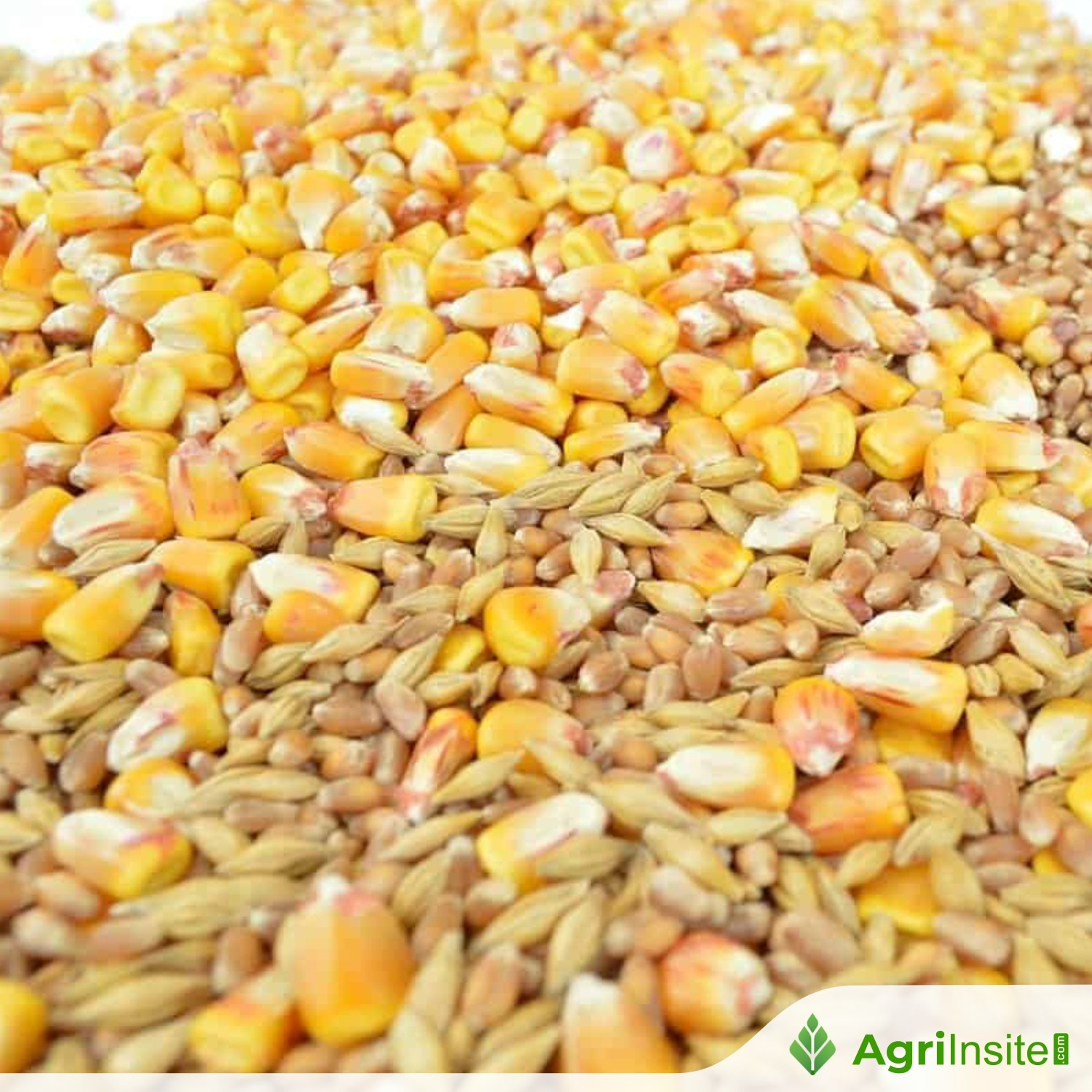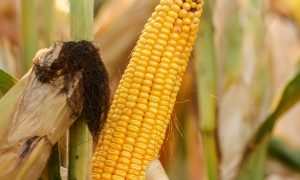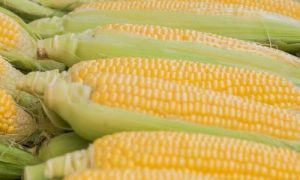Sri Lanka struggles with high poultry feed costs amid maize trade controls

Sri Lanka is grappling with high poultry feed costs due to import duties and trade controls on maize, which keep prices of eggs and meat elevated. The country recently allowed the import of 300,000 tonnes of maize but under a quota system, raising concerns about monopolistic price control by the so-called “maize mafia.” This issue is exacerbating child malnutrition and impacting small poultry producers. In contrast, countries like Vietnam have moved away from self-sufficiency, integrated into global supply chains, and become major food exporters, improving both food security and child nutrition.
ECONOMYNEXT – Sri Lanka is trying to find a solution to high costs of poultry feed amid import duties and trade controls for maize, which is keeping eggs and meat prices high, in a country which has high child malnutrition.
To give unusually high profits to maize farmers and maize collectors, generally called the ‘maize mafia’, Sri Lanka has not only imposed 25 rupees a kilo import taxes (about 86 dollars a tonne), but also imposes quantity restrictions through a license raj.
As a result, license holders can control prices even if imports are allowed.
Sri Lanka recently issued licenses to import 300,000 tonnes of maize, as the Yala season harvests is usually low. Sri Lanka has also banned the use of rice for animal feed.
“About 300,000 tonnes of imports were allowed, but it is on a quota system,” Minister Vijitha Herath said.
“Many people are saying maize can be imported for about 110 rupees a kilo (about 376 dollars a tonne), but it is sold at about 160 rupees (about 547 dollars a tonne).
“So there is a high cost of production, particularly for small and medium poultry producers.”
Poultry industry officials say when Sri Lanka suddenly issues import licenses, the demand pushes up prices in Pakistan, which is usually the cheapest and closest source of maize for Sri Lanka.
Free-on-board prices of Pakistan maize is now around 255 dollars a tone (about 75 rupees a kilo), making the farmer protection maize tax about 30 percent.
As a result, Sri Lanka is unable to import maize when prices are low unlike countries with free trade.
“We have taken several actions to link small and medium poultry farmers with importers and get them cheaper wheat,” Minister Herath said.
“Small producers also do not have the wherewithal to import maize directly. What you say is correct. The food policy committee will also intervene in this matter. We will have to import maize for some time, until local production goes up. But we hope to intervene to reduce the price of maize.”
Sri Lanka is pursuing a self-sufficiency or ‘import substitution’ strategy, keeping the country out of global supply chains and making it difficult to export food, let alone feed protein to children at reasonable prices.
Sri Lanka’s macro-economists also depreciates the currency after printing money to target a policy rate, destroying the incomes of parents.
The top export destination of Pakistan maize is Vietnam, which is now a free trading country linked to global supply chains. Malaysia is the second largest export destination for Pakistan maize, usually followed by Sri Lanka.
Vietnam imports around 10 million tonnes of maize mainly for feed spending over 3 billion US dollars a year. Most of the corn comes from Brazil, Argentina and India.
Vietnam is a top exporter of seafood. Aquafeed is a big consumer of corn and feed wheat.
Vietnam also exports eggs, with Singapore and Hong Kong among top markets. Vietnam also exports eggs to the Maldives.
Sri Lanka’s special commodity levy, the farmer protection tax, is also not recoverable on exports, making exports un-competitive, despite processed poultry being subject to VAT, making exports potentially viable.
Vietnam abandoned self-sufficiency in the 1980s as part of its Doi Moi economic revival program, effectively ending the prioritizing of farmer profits over children’s nutrition.
As a result, Vietnam has became a top food exporter. Vietnamese children born after self-sufficiency ended are taller than their parents with averages heights rising 3.7 centimeters in the 10 years to 2020 alone.
Vietnam is expected to import around 11 million tonnes of maize to supplement domestic production of around 3.6 million tonnes in 2024. (Colombo/Oct16/2024)
Source Link : https://economynext.com/sri-lanka-struggles-with-high-poultry-feed-costs-amid-maize-trade-controls-184263/















